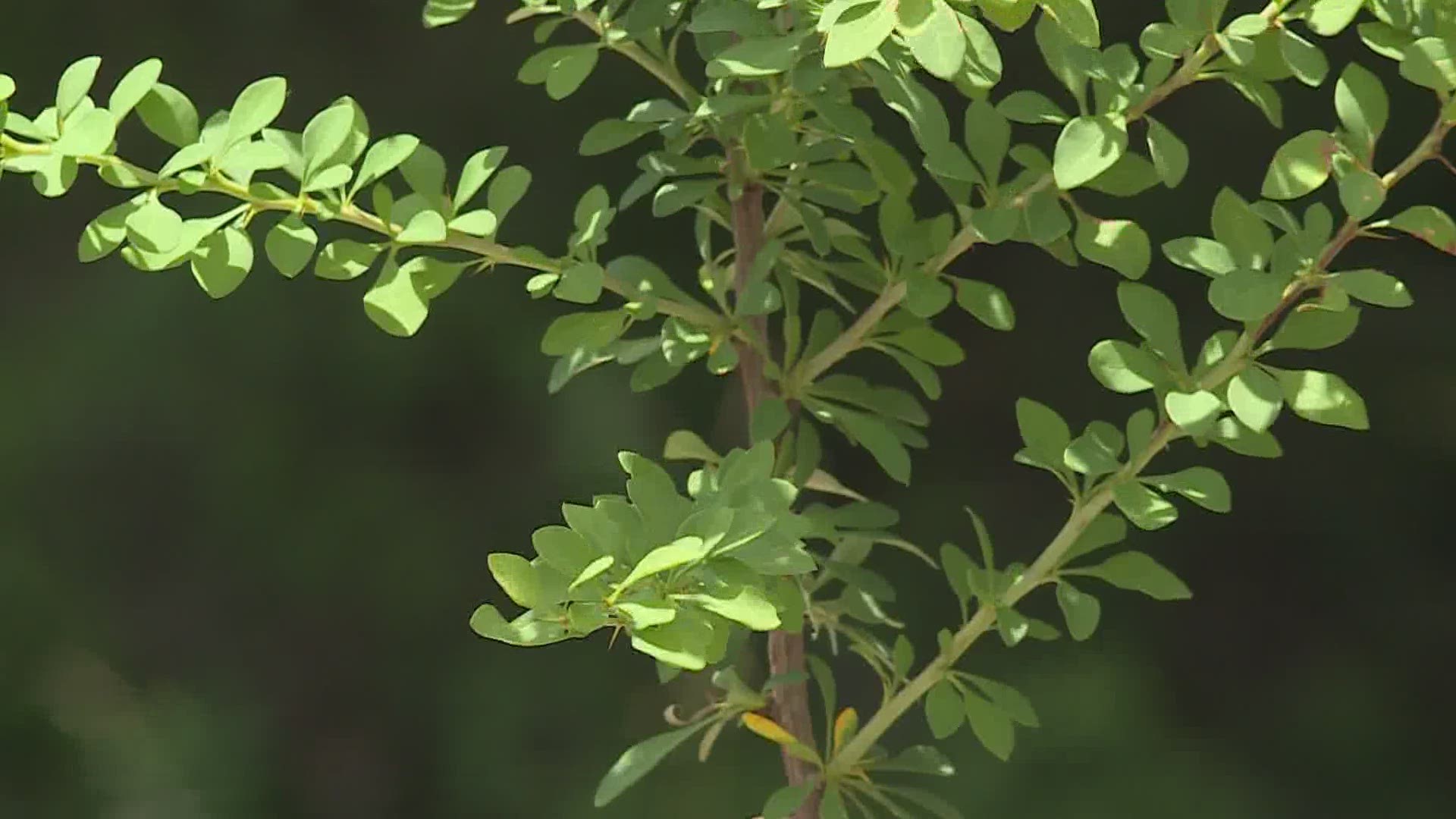WEST HAVEN, Conn. — The danger to public health this summer doesn’t end with COVID-19. Ticks are spreading Lyme disease and a host of other illnesses. And a plant commonly found in backyards across Connecticut is contributing to the problem. A Corona with a lime is a popular summer adult drink combination, but from a public health standpoint, corona with lyme is a terrible combination. Luckily, there’s a lot we can do this summer to minimize our risk to both.
A mild winter and a cool spring were a recipe for ticks. "Last winter could scarcely be called a winter so the tick population I would expect to be much higher," said Alexander Amendola, a Forester for the Regional Water Authority. Dog ticks, deer ticks and even new species. "There are several other species that are newly introduced to Connecticut that we haven’t detected on our property yet but they are coming and coming with their own host of diseases," said Amendola.
The one we all know about is Lyme. It is easily spotted for its classic bullseye rash. "If I find one on my body that’s especially engorged I’ll put it in tape and I’ll write the date on it and if at any point in the next few months I start to feel sick I know I have the tick and they can test it," said Amendola.
On this day the foresters of the South Central Regional Water Authority were scouring the woods of the Maltby Lakes recreation area for barberry. Joshua Tracy is the Invasive Species Management Technician for the Regional Water Authority. He said, "Barberries are very small lobed leaves. When you are looking at the stem and all the branches they have these very small needle like thorns on them." Check your yard! Many people have it. "Realistically, at any point you are probably within a stones throw of a barberry plant." They are a haven for ticks. "Cooler, moist atmosphere underneath that the ticks need to be able to survive the harsh summers," said Tracy. The foresters used an industrial weed wrench to rip it out but homeowners can use a propane torch, herbicide or just dig it out too.
The barberry plant is an invasive species that was brought here from japan over 200 years ago. It causes soil erosion and can even impact water quality.

